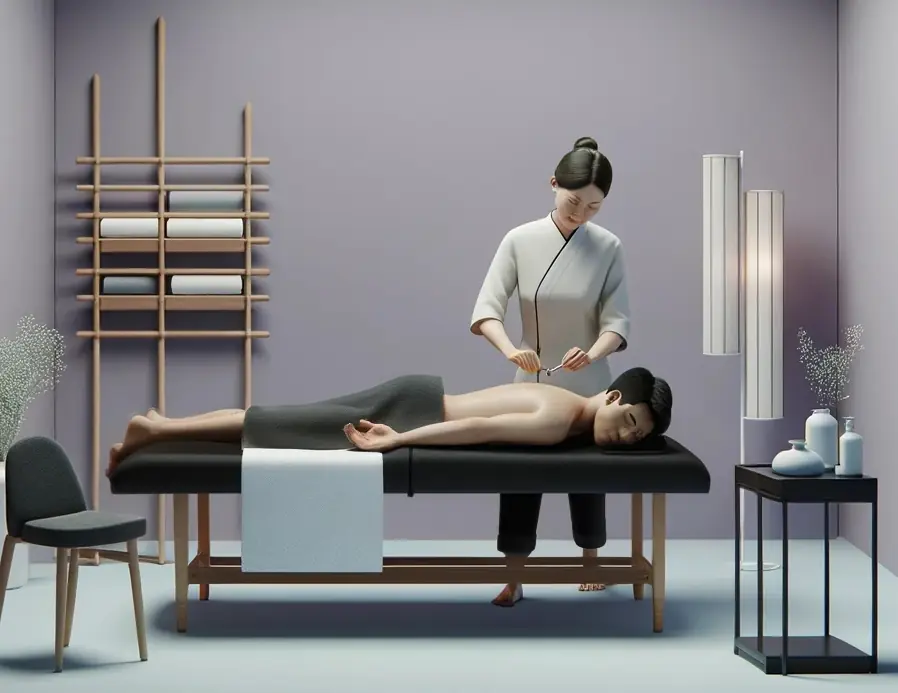
Origins and Development
The history of Gua Sha dates back over two thousand years, having roots in traditional East Asian medicine, particularly within Chinese healing practices. The term “Gua Sha” itself translates to “scraping” (gua) and “redness” (sha) in Chinese, describing the treatment’s method and its effects on the body.
- Ancient Roots: Gua Sha’s origins can be traced back to the Paleolithic Age when people used stones and other objects to rub parts of their bodies to alleviate symptoms like chills, fever, and muscle pain. It evolved over centuries, incorporating more specific tools and techniques.
- Classical Texts: The technique was first mentioned in classical medical texts such as the “Shang Han Lun,” written in the Han Dynasty by Zhang Zhongjing, a famous physician and pharmacologist. This text discusses the use of scraping therapy to treat various illnesses, particularly those involving harmful external elements like heat and cold.
- Cultural Spread: While Gua Sha is predominantly practiced in China, it has also been adopted and adapted across other Asian countries, including Vietnam and Indonesia, each integrating local cultural practices and beliefs.
